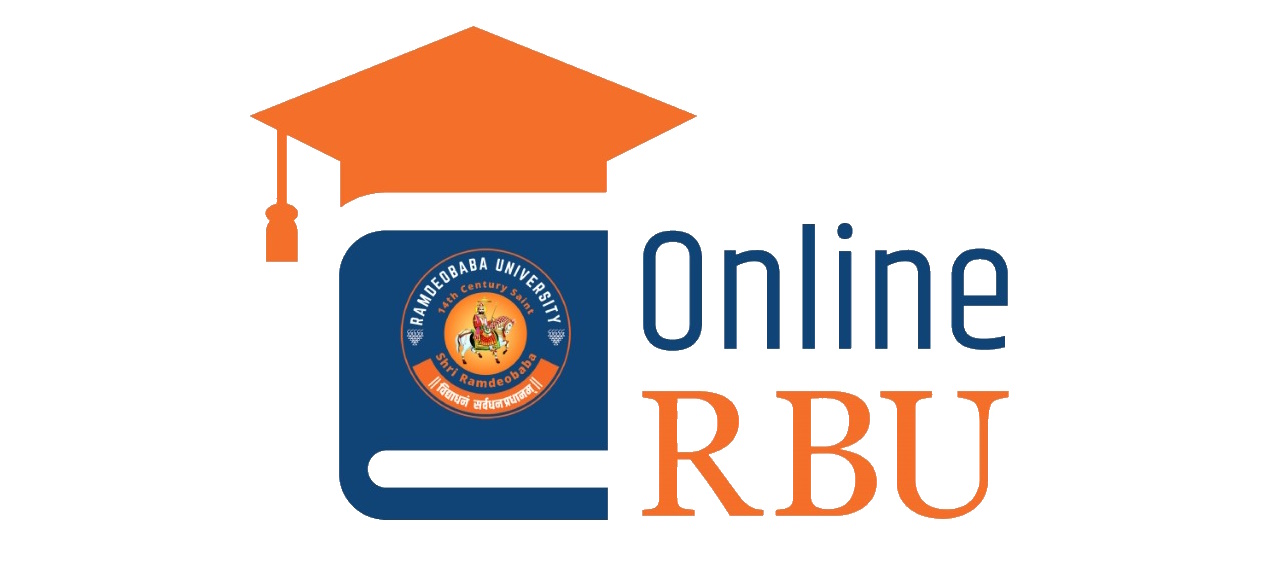Course Title:
Certificate course on Robotics and Automation
Course Description:
This course provides an in-depth introduction to the principles, design, and application of robotics and automation systems. It covers the fundamental concepts of kinematics, dynamics, and control of robotic manipulators, as well as the integration of sensors, actuators, and control algorithms. Students will explore the use of automation in manufacturing, service industries, and autonomous systems, focusing on programming, control strategies, and decision-making processes. Topics include robotic motion planning, machine vision, industrial automation systems, and the latest advancements in artificial intelligence in robotics. Hands-on labs and projects will allow students to apply theoretical knowledge to real-world applications, designing and programming robots to perform various tasks autonomously. By the end of the course, students will gain practical skills and a solid foundation in robotics and automation, preparing them for careers in the rapidly evolving field of automation technology.
Course instructional level:
Beginner/Intermediate/AdvancedCourse Duration:
6 Month etc.Course Images
Course coordinator’s profile(s):
Dr. G. R. NikhadeDr. A. K. Jha
Prerequisites, if any:
Diploma and B. Tech. Degree Pursuing candidates of Mechanical Engineering and Industry working professionalsSyllabus (Course content):
| Duration | Topics to be covered |
| 10 Hrs | Introduction to Design Tools - CAD (CATIAv6/Delmia V5) Concept Creation and 3D Modelling Detail Design & Engineering |
| 10 Hrs | Introduction to GUI & Getting Started with CATIA Sketcher, Workbench Pad, Shaft, pocket & RP |
| 10 Hrs | Drawing Shapes, Modifying sketch and constraints Part Design Workbench Practice example |
| 10 Hrs | Sketch based and dress-up features, Holes & Fillet Transformation features, Practice example Design for Assembly and Design for Manufacturing. |
| 10 Hrs | Solid modeling CATIA V6 |
| 20 Hrs | Hands on/Practice on CATIA V6 |
| Basics of Strength of Material Introduction to Geometric Model & FE Model | |
| 10 Hrs | Introduction to Finite Element Analysis (FEA) |
| 15 Hrs | Introduction to MSC NASTRAN and PATRAN Linear static structural analysis Modal Analysis (Free-Free Run) |
| 15 Hrs | Buckling Analysis Non-Linear Static Analysis Material Geometry and Contact Non-Linearity |
| 15 Hours | Advanced Analyses using ANSYS |
| 10 Hrs | Analysis using FEAST |
| 5 hours | Capstone Project and evaluation |
Course Outcomes:
- Understand key principles of robotic systems, including kinematics, dynamics, and control.
- Design, program, and control robotic systems using sensors and actuators.
- Implement automation strategies in industries to enhance efficiency.
- Solve practical robotics problems like motion planning and machine vision.
- Work effectively in multidisciplinary teams on project-based tasks.
